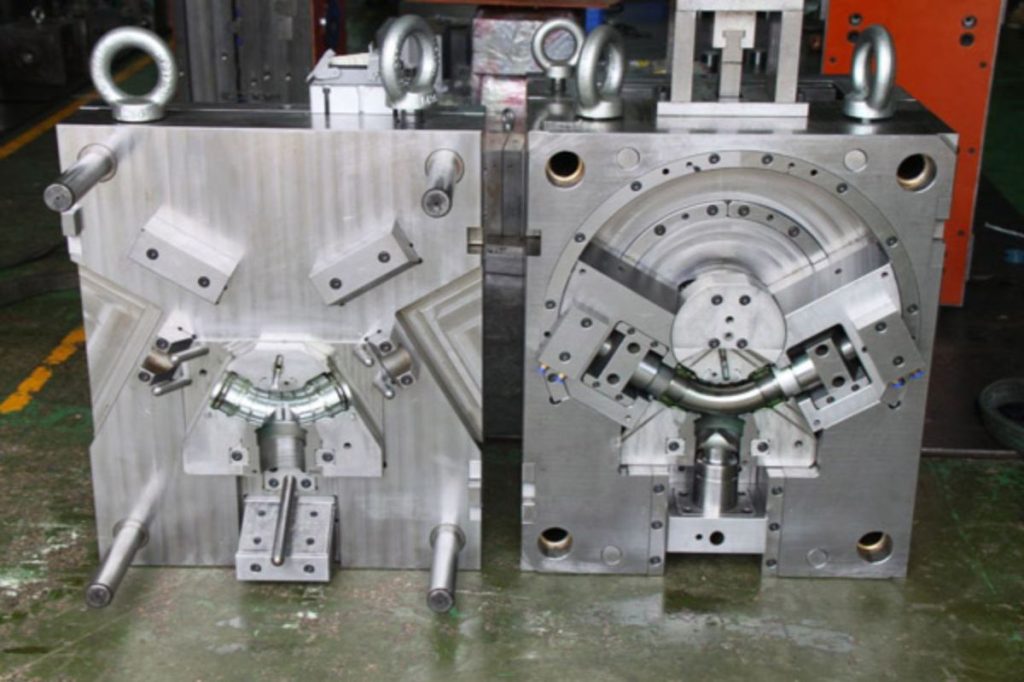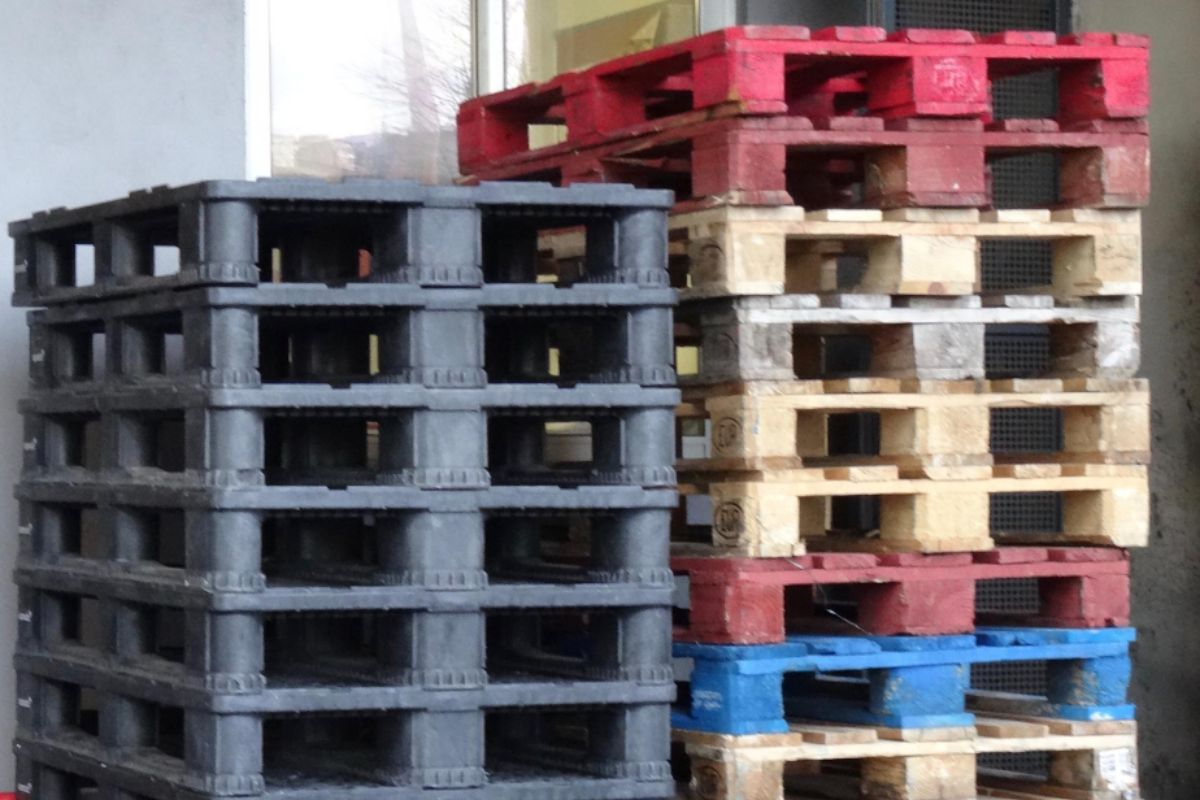What are the advantages of cold runner injection molding?
- Less complex
- Lower maintenance costs
- Accommodates more resins
Plastic parts are being used in every industry — now more than ever. There are countless uses for them in the automotive industry, construction projects, and even in the medical field.
Generally, these parts are made through injection molding, which is one of the fastest and most accurate ways to manufacture plastic parts. And, under injection molding, you can find two runner systems: cold runner and hot runner molds.
When it comes down to it, a majority of mass-produced items come from cold runner molds. But what are the advantages of cold runner injection molding? In this article, we take a closer look at the benefits that this system offers, and why it is so widely used in many industries.
What are cold runner systems in injection molding?
As the name implies, cold runner systems use a cooling process. It’s the primary differentiator between them and hot runner systems.
Cold runner systems also use a mold, which is typically made up of two to three plates — which we will explain later on.
In this system, a nozzle is used to inject molten plastic resin into the mold. This flows and fills in the runners that lead to the mold cavity. The runners carry the resin to fill in the mold cavity. As it fills the mold, the cold runner cools multiple components of the mold system. This affects the runner, sprue, gate, and the molded part itself.
How does cold runner injection molding work?
Cold runner molds, as we mentioned, generally consist of either a two-plate mold or a three-plate mold. The process changes depending on which kind of mold is being used.
For two-plate cold runner molds, both the runner and the sprue remain connected to the plastic part once it settles and cools. The process uses an ejection system to separate the runner and sprue from the final product.
For three-plate cold runner molds, a stripper plate is used. This stripper plate contains the sprue, which delivers the molten resin toward the mold cavity. Using the stripper plate allows the system to separate the runners from the molds as they open. Thus, ejection is more efficient.
In both systems, the runner is often reground and recycled to reduce resin waste.
What are the advantages of cold runner injection molding?
There are a few advantages of this system that put cold runner injection molds at the top of the list for certain applications. These advantages include:
Less complex
Compared to hot runner mold systems, cold runner mold systems are generally less complex. They require little specialized tools and equipment — which in turn reduces the need for extensive skillsets when it comes to set-up, operation, and ongoing maintenance.
Cold runner molds are also much less expensive, and much simpler for manufacturers to design and produce. This helps reduce tooling costs and lead times for your plastic products. Furthermore, because the mold itself is simple, it’s easier to make quick design modifications or accommodate orders for new molds.
Because cold runner systems are much less complex than others, it is also generally less expensive to run and maintain in the long run. It also offers exceptional process flexibility.
Lower maintenance costs
As we mentioned in the previous section, cold runner systems have very low maintenance costs. This comes from the fact that this system generally uses basic or standardized tooling and equipment — nothing in this system is particularly complex. So, there’s no need for specialized or extensive maintenance when you’re using a cold runner system.
This is beneficial if you’re looking for an injection molding solution that offers very high cost-effectiveness.
Accommodates more resins
Cold runner molds can accommodate a wide variety of plastic polymers — including both commodity and engineered resins. This versatility is great whether you’re looking to create a simple plastic product or a product that offers good mechanical or chemical properties.
Likewise, any alterations or additions to the resin — such as color changes — can be made very quickly with cold runner molds. This flexibility is good for applications that need to accommodate frequent modifications to part design.
Key Takeaway
When weighing which system is better for your project — hot or cold runners — there are many advantages of cold runner injection molding to consider. Cold runner systems may be the best choice for your plastic project if you’re looking for something simple and easy to set up and maintain.
However, to make the most out of these advantages, you need to partner with an experienced injection molding company — such as Richfields. We can assist you at every step of your injection molding project, from design to assembly and shipping. Send us a message today to learn more about our services, and how we can help.










